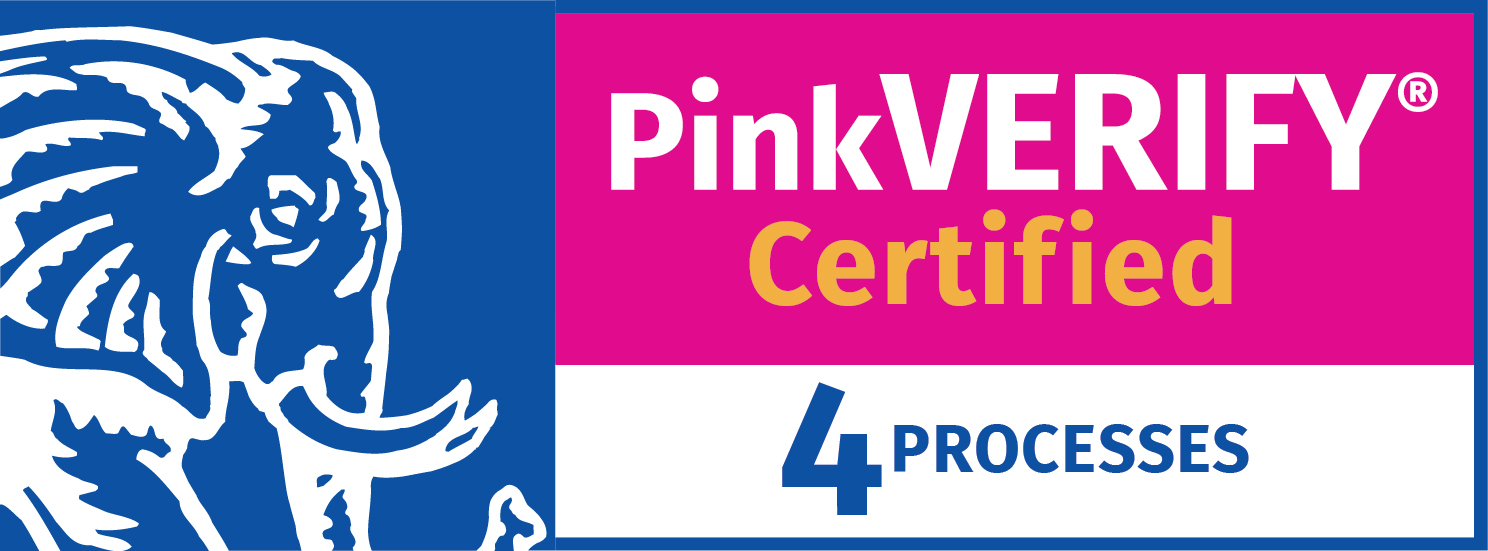If problem management has been a tough nut for your organization to crack, using artificial intelligence (AI)-enabled capabilities offers help with what might have previously been seen as a labor-intensive IT service management (ITSM) capability. Or you might not have tried to create and benefit from ITIL-espoused problem management capabilities yet. Either way, this blog describes how problem management, aided by AI technologies, will be a helpful weapon in your ITSM-capability armory.

A quick introduction to problem management
ITIL 4 defines a problem as the “cause, or potential cause, of one or more incidents.” While the problem management practice helps organizations to “reduce the likelihood and impact of incidents by identifying actual and potential causes of incidents and managing workarounds and known errors” (source: Axelos, Problem Management ITIL 4 Practice Guide (2020)).
The benefits of problem management can be far-reaching and include the following:
- Quicker incident resolution
- Reduced service downtime and employee lost productivity
- Reduced incident levels because incident root causes are addressed
- Reduced IT support costs, thanks to the faster resolutions and reduced number of incidents
- Reduced service and operational disruption
- More time for IT staff to focus on higher value-add work
- Improved perceptions of the IT organization.
The current state of problem management adoption
Understanding the current level of problem management adoption and success is difficult because there are differing views as to what problem management is. For example, there’s the ITIL 4 defined practice outlined above versus only using problem management techniques to undertake major incident reviews.
The Axelos 2022 ITSM Benchmarking Report found 80% of organizations state that they “do” problem management, but what this entails versus the ITIL definition of problem management is unknown. For the organizations with problem management capabilities, 31% stated their problem management capabilities work well, while over two-thirds (69%) said they need improving.
In many ways, problem management has been a tricky ITIL capability for organizations to adopt successfully, starting with funding problem management as a business-as-usual (BAU) capability rather than an ad hoc event. But even with funding, there are still often execution-based issues such as:
- The people in problem management roles also have other ITSM priorities
- Insufficient skills or technological enablement.
However, a critical barrier to problem management success is often the effort required, where the discipline is potentially viewed as labor-intensive with an imbalance between the effort needed and the value delivered. The use of AI-enabled problem management capabilities helps to overcome this latter issue.
Using AI capabilities and RPA for problem management
Using AI-enabled capabilities and robotic process automation (RPA) allows organizations to benefit better from problem management. These benefits relate not only to how problem management is undertaken but also to the improved insights and outcomes it delivers.
However, it’s essential to understand the difference between the two technology types before appreciating how they will help with problem management:
- RPA is software robots mimicking humans’ screen-based actions to perform tasks. The software robots follow defined processes and interact with corporate applications just as people would. Traditional RPA is not AI. However, it can be combined with AI for intelligent automation.
- AI is described by ITIL 4 as “Highly advanced automation that demonstrates capabilities of general reasoning, learning, and human-like intelligence; a branch of computer science and engineering focused on simulating intelligent behavior in computer systems.”
A simple way to distinguish between RPA and AI is that RPA replicates actions, while AI replicates thinking (and potentially actions when combined with automation technologies).
RPA and problem management
RPA can be used for:
- Data gathering – with the RPA collecting and consolidating data from various sources. This speeds up problem and trend identification.
- Root cause analysis – RPA can automate routine tasks in root cause analysis, such as running diagnostic tools, querying databases, and analyzing logs.
- Knowledge management – RPA can automate creating, updating, and maintaining knowledge articles, including workarounds.
- Communication – RPA can automate communication between ITIL processes, such as incident management, change enablement/management, and problem management.
- Reporting: RPA can automate problem management report and dashboard generation.
AI and problem management
AI can be used for:
- Intelligent automation – with AI driving automation tools to automate problem management tasks, such as data collection, communication, and report generation.
- Advanced data analysis for proactive problem management – where AI can analyze larger volumes of structured and unstructured data than humans (and more quickly) to identify patterns and trends. This opportunity includes real-time problem detection.
- Text analysis using natural language processing (NLP) – for example, the content of incident tickets, chat transcripts, and knowledge articles can be used for categorizing incidents and identifying relationships.
- Root cause analysis – AI can also assist in automatically determining the root causes of problems by analyzing various data sources, such as configuration data, log files, and performance metrics.
- Predictive analytics – where AI algorithms predict potential problems before they occur (and their root causes) based on historical data and patterns.
Whether your ITSM tool vendor introduces RPA, AI, or both into its problem management capabilities, the result is “better, faster, cheaper” capabilities that increase the efficiency and effectiveness of your problem management operations. Advanced technological enablement can make a significant difference to your problem management success.




